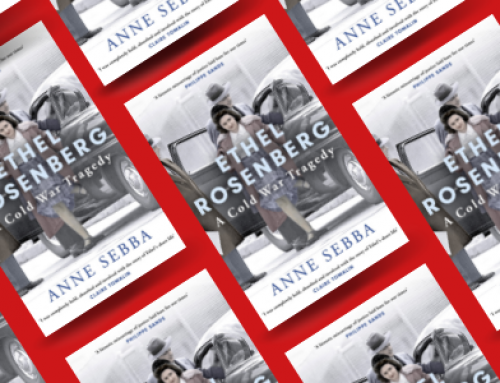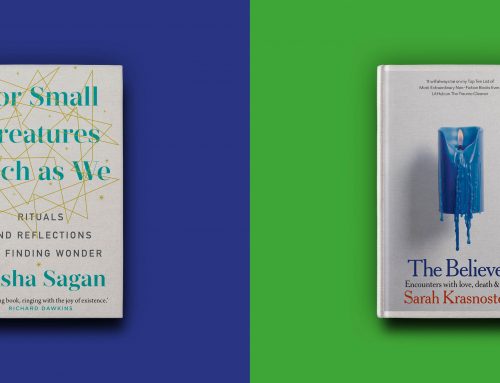ABOUT BEESWAX
Beeswax has been found in the tombs of Egypt, in wrecked Viking ships, and in Roman ruins. Beeswax has been used since prehistory:
🐝as the first plastic,
🐝as a lubricant and waterproofing agent,
🐝in wax casting of metals and glass,
🐝as a polish for wood and leather
🐝for making candles and as an ingredient in cosmetics.
🐝Even to form the mouthpieces of a didgeridoo
Beeswax never goes bad and can be heated and reused!
INGREDIENTS
A tight-weave fabric of choice
- 100% cotton fabric, preferably organic.
- Lightweight and tightly woven, no stretch.
- Very sustainable – use an old shirt that you have washed
2tbsp beeswax (approx.)
- Use Australian Certified Organic beeswax. It is free from synthetic agricultural chemicals including pesticides, fungicides and herbicides.
- Also, not all beeswax is actual pure beeswax- recently there are many reports of some beeswax having toxic paraffin added.
Extra equipment required…
Pinking shears
Baking paper – 2 large pieces
Iron
METHOD
- Measure fabric and cut using pinking shears – this minimises fraying of edges.
- Lay down a large sheet of baking paper and place fabric on top. Add beeswax to the centre of the fabric.
- Place a second sheet of baking paper on top, and iron (on low setting) with gentle pressure, pushing melted wax towards the outer edges.
- Continue until all the fabric has been saturated with beeswax.
- If required, lift baking paper and sprinkle on more beeswax, and continue ironing.
- Ensure the entire piece of fabric is evenly coated with beeswax and still hot.
- Quickly lift the pieces of baking paper off
- Hold up the coated fabric for 5-10 seconds, or until dry.
NOTES
Make sure your baking paper is larger than your fabric square. The amount of beeswax in this recipe should cover fabric approximately 30 x 30 cm
SIZES
- Small: 17cm x 17xm – Wrap half avocado, the end of a cucumber, carrot sticks, a small bowl or other snack items.
- Medium: 25 x 25cm – Cover a bowl, half a sandwich, cheese, baked good or half a broccoli
- Large: 32 x 32 cm – Cover a large bowl, sandwich, celery
- X-Large: 40 x 45cm – Great for wrapping bread. This wrap is also good for covering dough this rising, an extra-large bowl or casserole dish.
LET’S REDUCE SOFT PLASTICS
- According to leading plastic wrap manufacturer Glad, the Australian plastic wrap market is worth $51 million,
- Nine out of 10 Australian households buy plastic wrap.
- While many types of soft, scrunchable plastic can be recycled at selected supermarkets through the REDcycle scheme, cling wrap isn’t one of them
WHY BEE’S WAX
- Re-usable
- The waxy coating makes the cloth waterproof, but breathable.
- Our wraps don’t contain rosin. If you want a “stitcky” wrap, it’s the key ingredient to make it like plastic wrap.
WRAPPING TECHNIQUES
Warm wrap between hands and mould over bowls of leftover food, sandwiches or cut fruit.
Bowl method
- Warm hands
- Place cover over bowl
- Gently push down edges using warmth of hand to mould
Burrito method
- wrap the item like you would wrap a burrito.
- Place item at end of wrap
- Roll over and fold on edges as you go
- I store loaves of bread on the counter this way for up to a week. The weight of the loaf holds the fold down.”
Dumpling method
- Lay the wrap on a clean surface in a diamond shape, with one corner pointing towards yourself.
- Place your leftover avocado or tomato cut-side up on the wrap.
- Pull the top and bottom corners together to meet, fold them over twice and pinch the fold together.
- Now pick up the left and right corners, overlap the first fold and pinch again to seal the package.
- You’ll end up with a fully enclosed chamber, like a dumpling, with a small handle. This technique helps avoids mess since the wrap doesn’t press directly onto the cut side of your food.”
ABOUT
These covers are not watertight or airtight. They are perfect for covering leftovers or pieces of cut fruit and veg.
Avoid using with raw meat, fish and chicken products
CLEANING
Simply wash gently under cold water with mild alcohol free hand soap, and wash as you would your hands. When shaking off excess water, Do NOT wring them out like a dish rag.
You may either lay them over drying rack, hang or pat them dry with a tea towel. Find a handy drawer to store them in once dry and your kitchen will stay tidy and beautiful.
EXPIRED
Your wrap should last between 8 and 12 months depending on how you care for it and how often it’s used.
When the beeswax looks like it is starting to flake, it is time to make some more, or for an even more sustainable option, repeat the process above and bring them back to life!
As the wrap evolves, we recommend hanging and using a hairdryer to reinfuse any loose wax into the cotton. This will help to re-invigorate your wrap and help to bring it back to life. We have found this technique to be one of the simplest and most effective




Leave A Comment